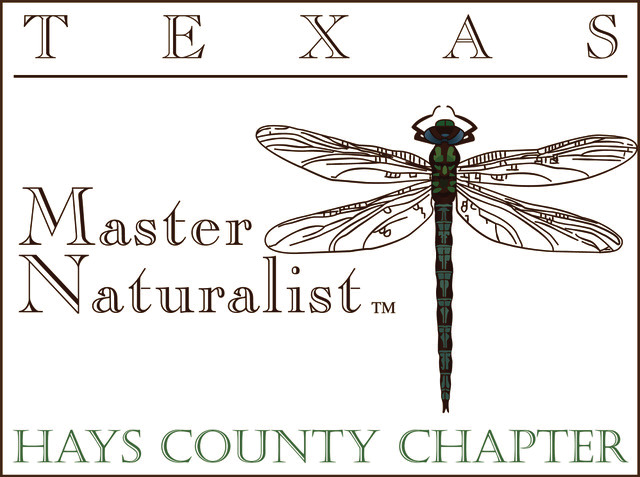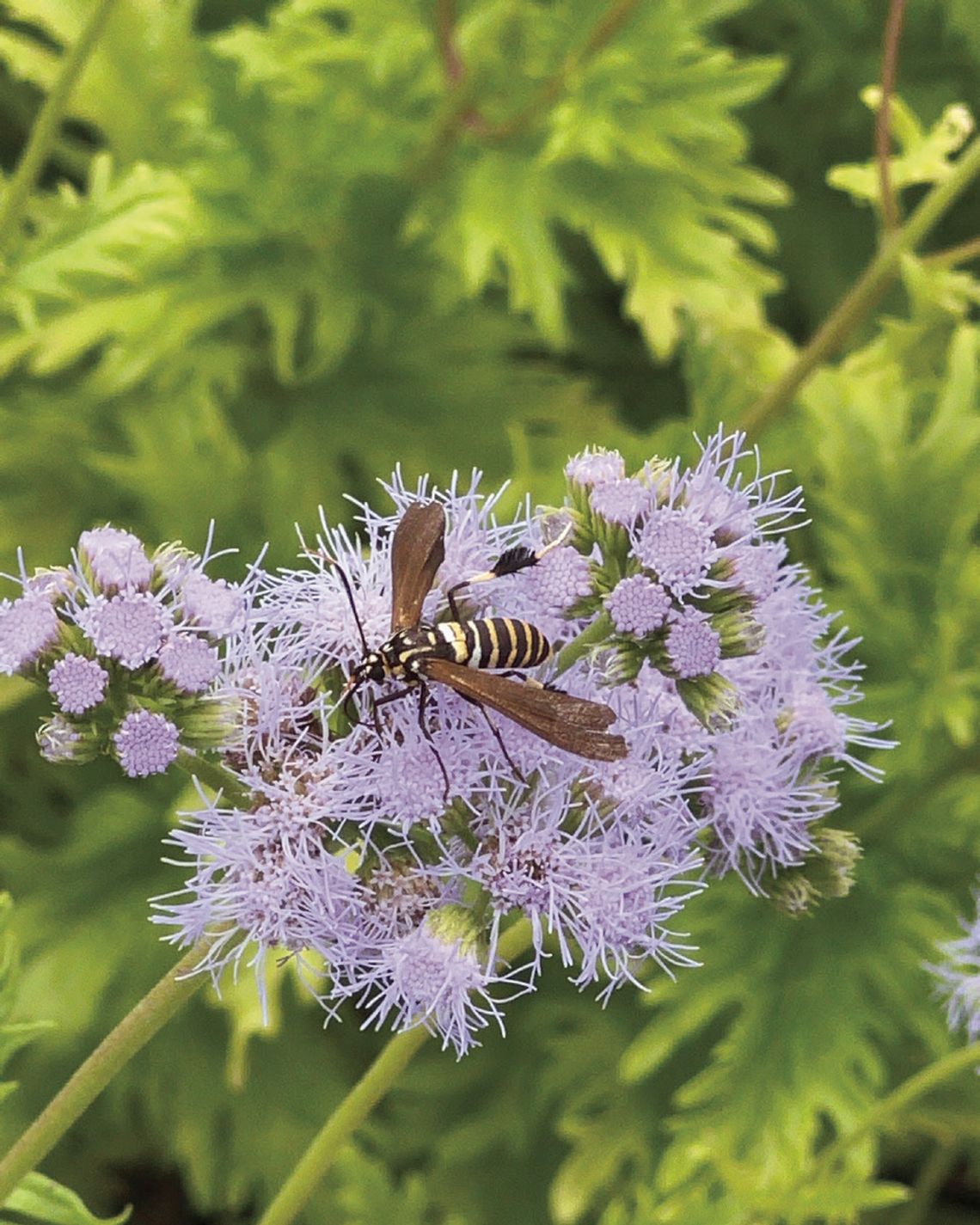Spring had definitely sprung! A multitude of native plants are unfurling shiny new leaves displaying a mosaic of color, songbirds are bursting forth with songs to attract mates, butterflies and moths are ballooning from their chrysalis and cocoons, fox and cottontails are emerging from their dens.
Plant nurseries are crowded as folks search for unique treasures to expand their gardens or yards. Pops of bright color are tantalizing and irresistible. Yet many of these very colorful and tropical plants originate from Asia, Africa or other distant lands.
If you are using these as exotic inside/ house plants to perk up your living quarters, go for it! However, if you plan to add them to your outdoor spaces, think again. Thoughtfully consider your selection of new plants for your yard by choosing only Texas natives.
Native plants have adapted to particular regions or ecosystems, evolving to be more resilient to extreme temperature changes, droughts, and flooding. Native plants are better adapted to supporting local wildlife including birds, mammals, insects, native bees and other pollinators. They are also a bit less palatable to deer who love tasty flowers and young green leaves.
Native plants promote positive soil health through their extensive and stabilizing root systems, which encourage a diverse range of microorganisms. These contribute to nutrient and water accessibility along with disease suppression. Native plants and trees are very effective in sequestering carbon or absorbing carbon dioxide from the atmosphere and using it for their own nutrients and growth.
The advantages of using native plants are many but perhaps the best reason is to create a simpler life for each of us. We can lower the usage of water, reduce maintenance, and improve soil, resulting in an abundance of exceptional produce within our gardens. If we spend less time working, weeding and watering, we have more time to savor homegrown victuals on the porch with family and friends, admiring the nature that surrounds our little piece of heaven!
ABOUT THE HAYS COUNTY MASTER NATURALISTS The Hays County Master Naturalists set down their roots in 1997 to germinate a group of folks interested in learning about all aspects of their Hill Country environment. One of our goals is to inspire community members to spend time exploring our natural areas, trails and parks.
The Master Naturalist program is a statewide partnership developed between the Texas Parks and Wildlife Department and Texas A&M AgriLife Extension Service. The six-month course includes informative topics covering many of the “..ologies,” such as Archaeology, Ecology, Entomology, Geology, Herpetology, Ichthyology, Mammalogy, Meteorology, Ornithology, Phytology and Urban Ecosystems. The goal of this program is to sprout a diverse collection of people who strive as volunteers to conserve, enhance and manage our natural resources. Educating people about their land and the living communities around them enables us all to intertwine and appreciate our connection to the biome we live in.
If you are interested in becoming a Master Naturalist or a Citizen Scientist check out the website www.beautifulhayscounty. org. Our monthly magazine, “The Hays Humm,” is filled with informative articles on numerous topics and photographs that will steal your heart.

.png)












